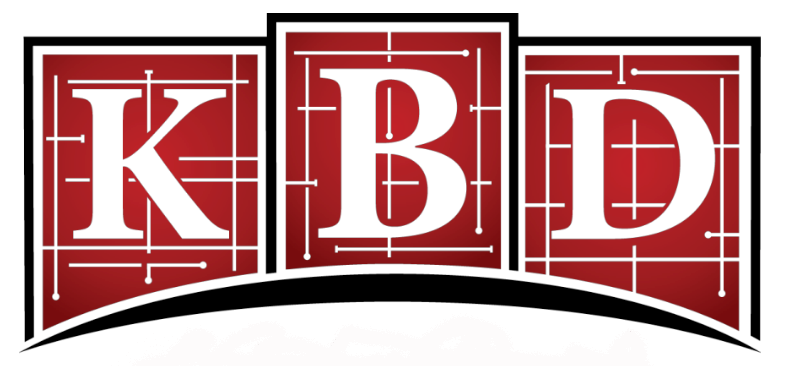Blog
Top Eco-Friendly Cabinet Materials for Sustainable Kitchens
Highlighting environmentally conscious materials and finishes for cabinetry

Top Eco-Friendly Cabinet Materials
1. Bamboo
Bamboo is one of the most popular sustainable materials for cabinets. It’s fast-growing, renewable, and incredibly durable. Bamboo cabinets offer a sleek, modern look with natural grains that add warmth to your kitchen.
Pros:
- Renewable resource
- Strong and moisture-resistant
- Unique, stylish appearance
Cons:
- Can be expensive
- Requires proper sealing to prevent damage
2. Reclaimed Wood
Using reclaimed wood for cabinets not only adds character but also reduces the demand for new timber. Each piece of reclaimed wood has a unique history, giving your kitchen a one-of-a-kind look.
Pros:
- Sustainable and eco-friendly
- Rich, rustic aesthetic
- Reduces landfill waste
Cons:
- May require treatment for pests or structural integrity
- Limited availability of certain styles
3. Plywood with Low-VOC Adhesives
Traditional plywood often uses adhesives that emit VOCs, but eco-friendly options are available with low or no VOC emissions. These cabinets are versatile and can be customized to suit various styles.
Pros:
- Cost-effective
- Lightweight and durable
- Available in a range of finishes
Cons:
- Not entirely natural, as adhesives are used
- Quality varies by manufacturer
4. Medium-Density Fiberboard (MDF)
MDF made from recycled wood fibers and low-VOC adhesives is another sustainable option. It’s smooth, easy to paint, and works well for modern designs.
Pros:
- Affordable and versatile
- Uses recycled materials
- Smooth surface for finishes
Cons:
- Less durable than solid wood
- Susceptible to water damage
5. Recycled Metal
For a bold, industrial look, consider cabinets made from recycled metals like aluminum or stainless steel. These materials are not only durable but also highly recyclable.
Pros:
- Extremely durable and long-lasting
- Modern, sleek aesthetic
- Resistant to moisture and pests
Cons:
- Expensive
- Limited styles available
Certifications to Look For
When selecting eco-friendly cabinets, look for certifications that validate their sustainability:
- Forest Stewardship Council (FSC): Ensures the wood is responsibly sourced.
- GREENGUARD: Verifies that the cabinets meet strict indoor air quality standards.
- LEED Certification: Cabinets that contribute to Leadership in Energy and Environmental Design (LEED) points.
Design Tips for a Sustainable Kitchen
- Choose Timeless Styles: Opt for classic cabinet designs that won’t go out of fashion, reducing the need for replacements.
- Maximize Storage: Efficient cabinet layouts reduce the need for additional storage furniture, saving materials and space.
- Pair with Energy-Efficient Appliances: Complete your eco-friendly kitchen with appliances that minimize energy and water usage.

